THIS WEEK: Monkey Prince #11 cranks the family drama up to 11 on the absurd-o-meter. Plus, Gotham City: Year One #5 continues an excellent superhero noir that feels like DCU historical fiction.
Note: the reviews below contain spoilers. If you want a quick, spoiler-free buy/pass recommendation on the comics in question, check out the bottom of the article for our final verdict.
 Monkey Prince #11
Monkey Prince #11
Writer: Gene Luen Yang
Artist: Bernard Chang
Colorist: Marcelo Maiolo
Colorist (flashbacks): Adriano Lucas
Artist (flashback): Haining
Letterer: Janice Chiang
There are probably more eyes than usual on Monkey Prince right now, given the book’s central role in the current Lazarus Planet story, and the timing couldn’t be better. As this 12-issue maxiseries heads to its conclusion, it’s reaching new heights of teen superhero fun. This week’s Monkey Prince #11 is my favorite issue of the book since its debut. It puts family drama at its center, and then cranks up the absurdities around that, naturally incorporating familiar DCU fixtures like the Ultra-Humanite and the Phantom Zone in ways that really pay off and make the character more essential to the shared universe.
When Monkey Prince debuted, certain qualities of the character were a bit obscured. Inspired by Chinese literature’s Journey to the West, there was inherently a deep and interesting mythos to the character. Monkey Prince seemed to be a play on that story’s Monkey King, who was said in the book to have 72 supernatural abilities. It seemed like Marcus — taking the mantle of Monkey Prince — was a DCU approximation of that classic character. We didn’t get a full origin right away though, not in its entirely, and so this series seemed to set off to explore how he gained those powers and where they fit into the wider DC Universe.
I suppose I had forgotten that the series was going to elaborate on Marcus’ origin and power set, or maybe I thought magic was going to be explanation enough. I was having so much fun with this book, I kind of got lost in what was happening scene-to-scene. Well, in recent issues — and in Monkey Prince #11, especially — the story surprised me with just how intertwined with the rest of the DC Universe Monkey Prince really is. As noted above, the book has become central to the ongoing Lazarus Planet story in really interesting ways. But now we have also learned the extent to which Marcus’ powers and origin are also central to the DCU — and it’s a reveal that is absolutely excellent.
It involves a set of adopted parents with a past working as henchpeople, familial ties to Ultra-Humanite, and experimentation with the Phantom Zone. We knew some of this from past issues, but Monkey Prince #11 gives us new consequences and details. Superman and the rest of the Justice League are also involved, almost as foils, which gives a fun new context to Monkey Prince’s regular disdain of Batman, too (a bit I’ve enjoyed quite a bit throughout this run). And these creative choices are strong, not just for this series but for Monkey Prince’s wider role in DC Comics moving forward. Lots of characters get interesting mini or maxiseries, but by tangling up the protagonists’ powers and history with so much other DC mythos, this one is elevated and made more essential for it.
Another thing I’ve really enjoyed about the slow reveal of Monkey Princes’ origin is the characters involved. Teen superhero comics really run a risk of feeling same-y. There have just been so many of them, and it’s difficult at this point for creators to escape the wide range of established tropes. But Monkey Prince and his parents feel fresh at a core level from all the other teen superhero stories. They’re likable, but borderline villianous. Marcus’ parents make his life more difficult (basically required of teen superhero parents, provided they’re not dead…), but in unexpected ways, ie by being related to/working for Ultra-Humanite. It’s hard to stand out for the morass of teen superhero stories, but Monkey Price really rises above the pack.
If you haven’t been reading Monkey Prince (which first, shame on you…) but do have interest in the DC Universe writ large, do yourself a favor and catch up on this series, or start making plans to snag the whole thing in trade.
Verdict: BUY
The Round-Up
Speaking of the Lazarus Planet event, we get another anthology of stories set within the fallout of the explosion of the Lazarus volcano, with Lazarus Planet: Next Evolution. While this week’s doesn’t quite reach the highs of last week’s addition to the event, it’s interesting nonetheless. I am a Green Arrow stan (as the kids say…I think? who knows), and I enjoyed the Red Canary-centered story, even if the concept of the character so far just seems to be being a big fan of Black Canary. There’s also a multiple new character debuts in this one, so might be one for collectors. The wide range of creators who worked on this book are writers Ram V., Brandon T. Snider, Chuck Brown, and Delilah S. Dawson; artists Lalit Kumar Sharma, Laura Braga, Alitha Martinez, and Brandt & Stein; colorists Rain Beredo, Matt Herms, and Alex Giumaraes; and letterers Dave Sharpe and Troy Peteri.
- I’ve written in this space in the past about how much I like Gotham City: Year One, and this week gave us another fantastic issue of that book, which is shaping up to be a detective noir that also feels like historical fiction for the DC Universe. I’m loving it. This one is written by Tom King, pencilled by Phil Hester, inked by Eric Gapstur, colored by Jordie Bellaire, and lettered by Clayton Cowles.
- Finally, phew! The artwork in Static: Shadows of Dakota #1 is really something! Worth the price of admission alone. That work is courtesy of Nikolas Drape-Ivey, who also co-wrote the book with Vita Ayala. And it’s all lettered by Andworld Design.
Miss any of our earlier reviews? Check out our full archive!


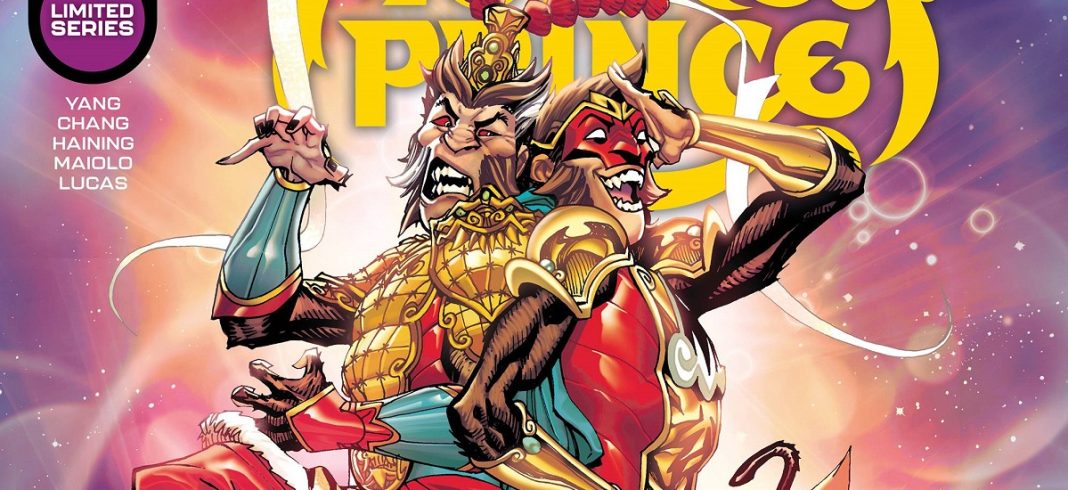
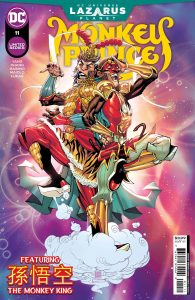
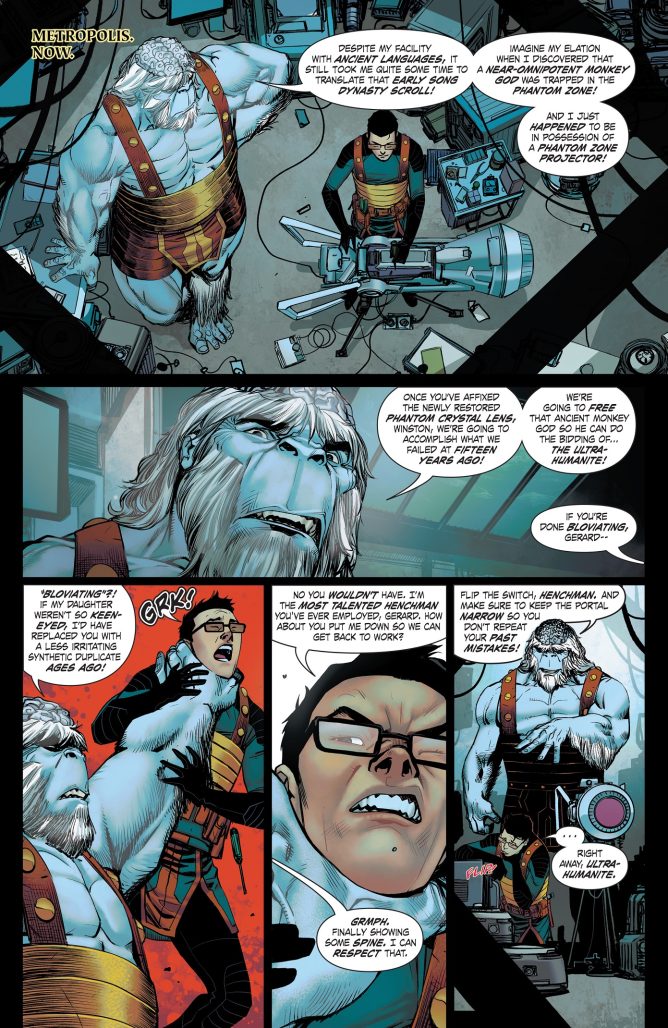
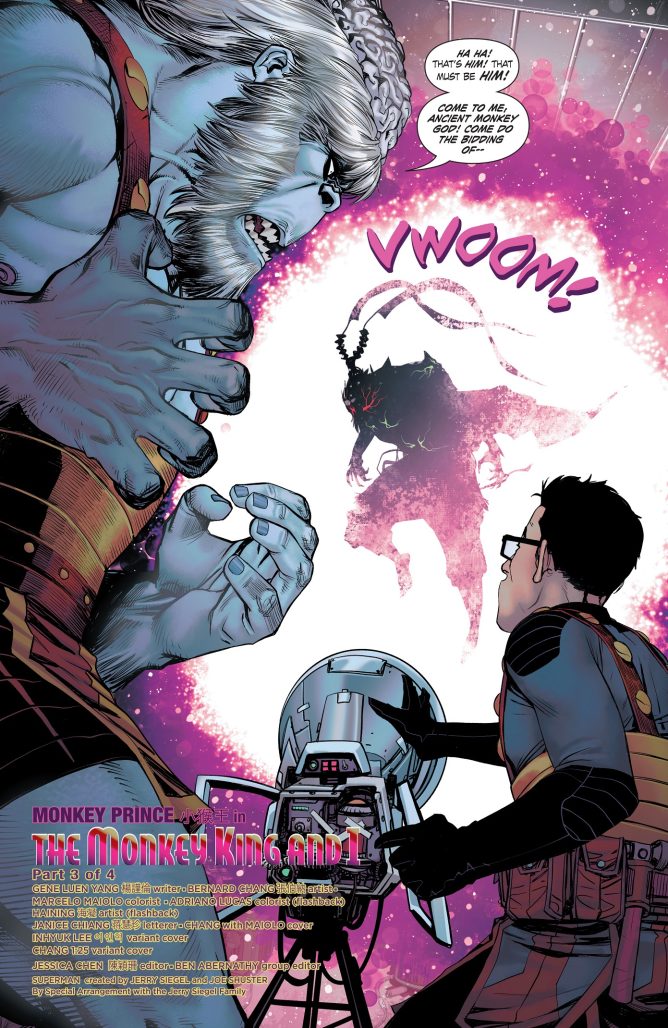
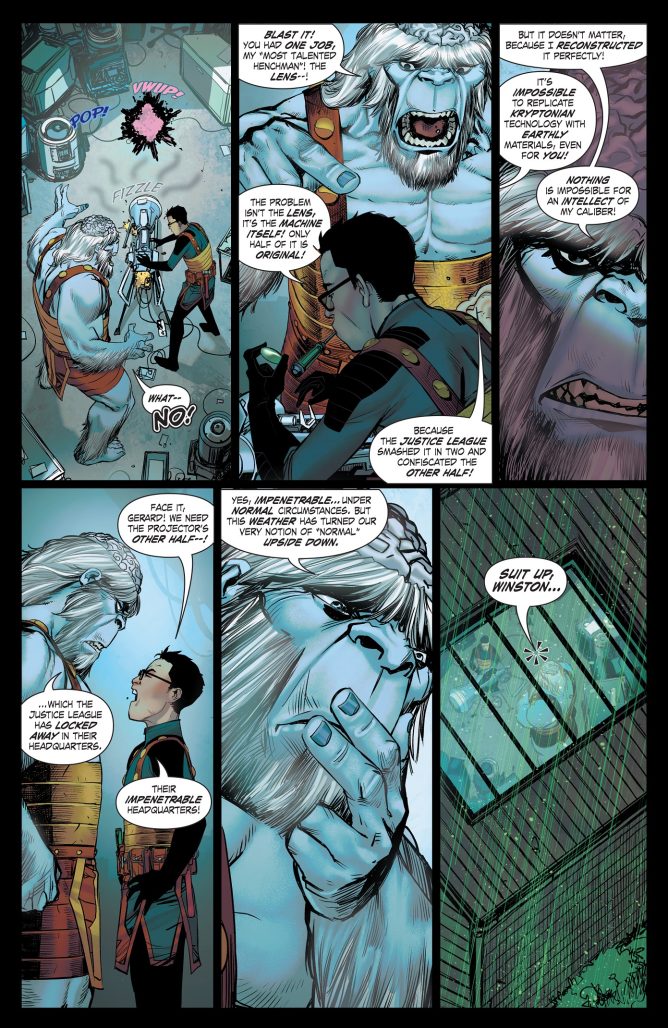
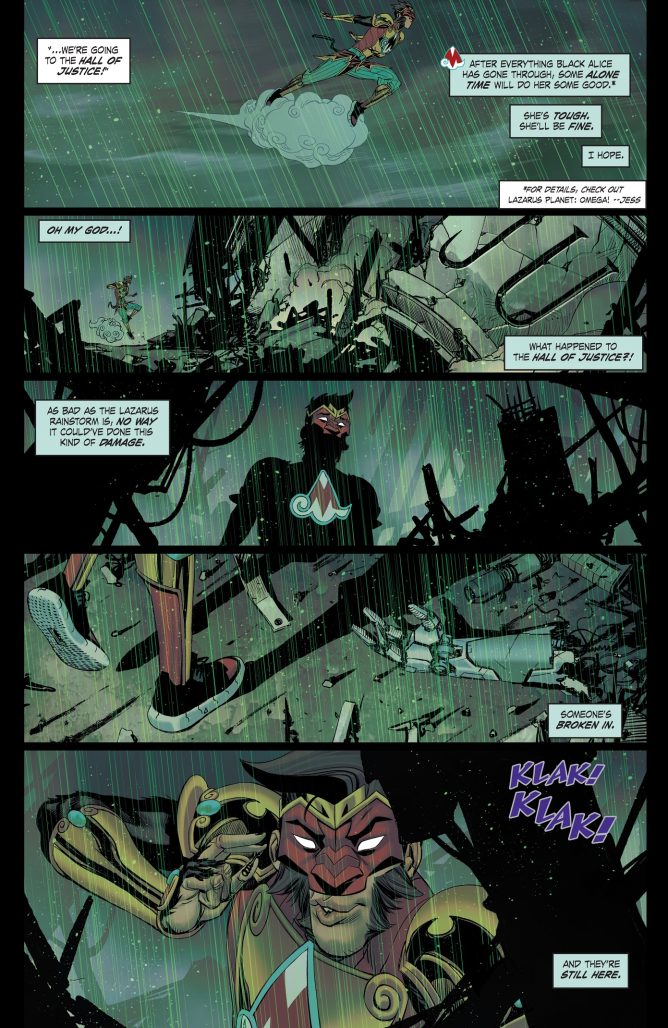
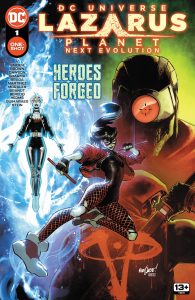
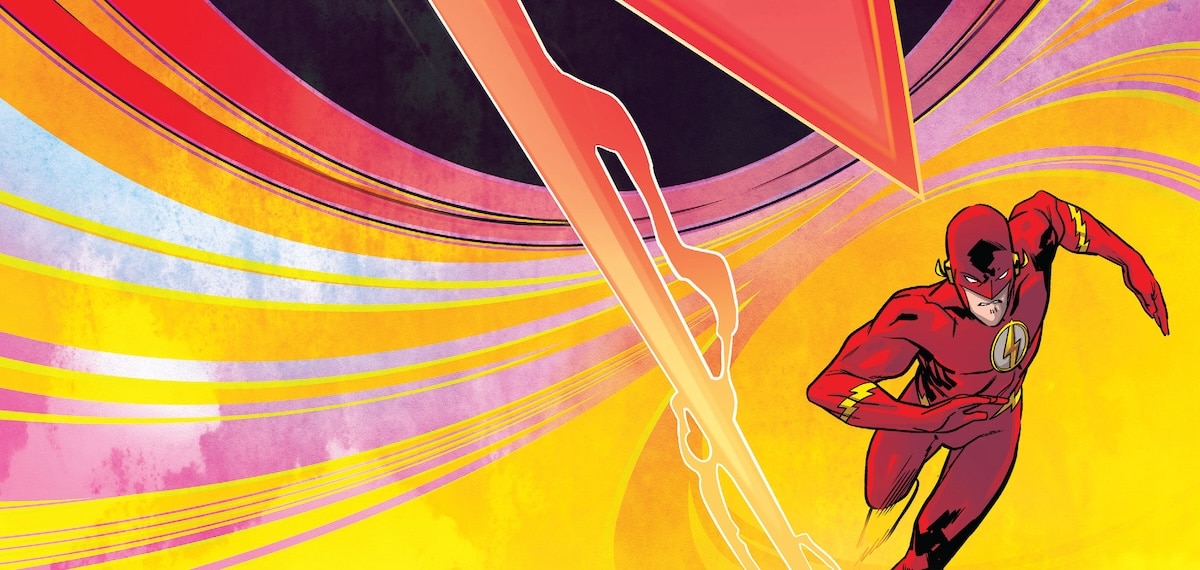


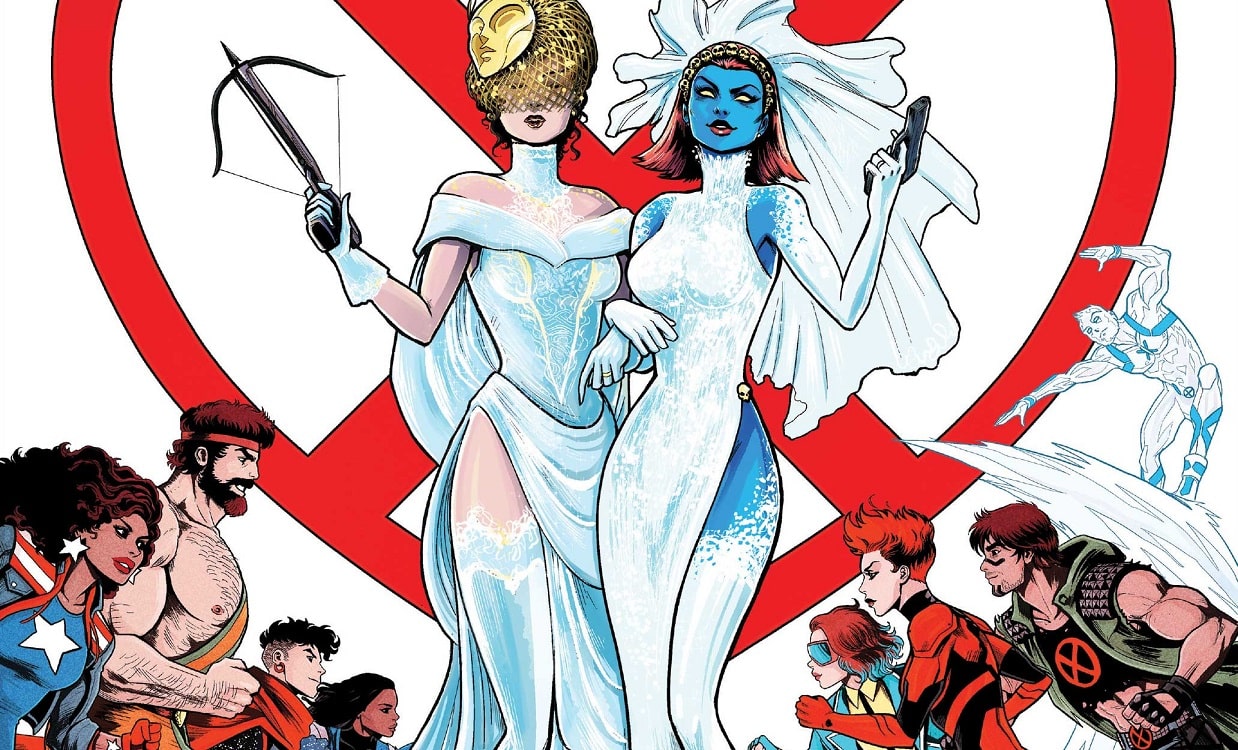

Both Lazarus Planet and Gotham City were duds. The former for its lineup of “who cares?” characters by “whatevs” creators, and the latter for Tom King’s usual entropy, as his plots, characters, and writing invairably become more incoherent as his series go on. He’s a one-man Trial of the Flash.
Comments are closed.